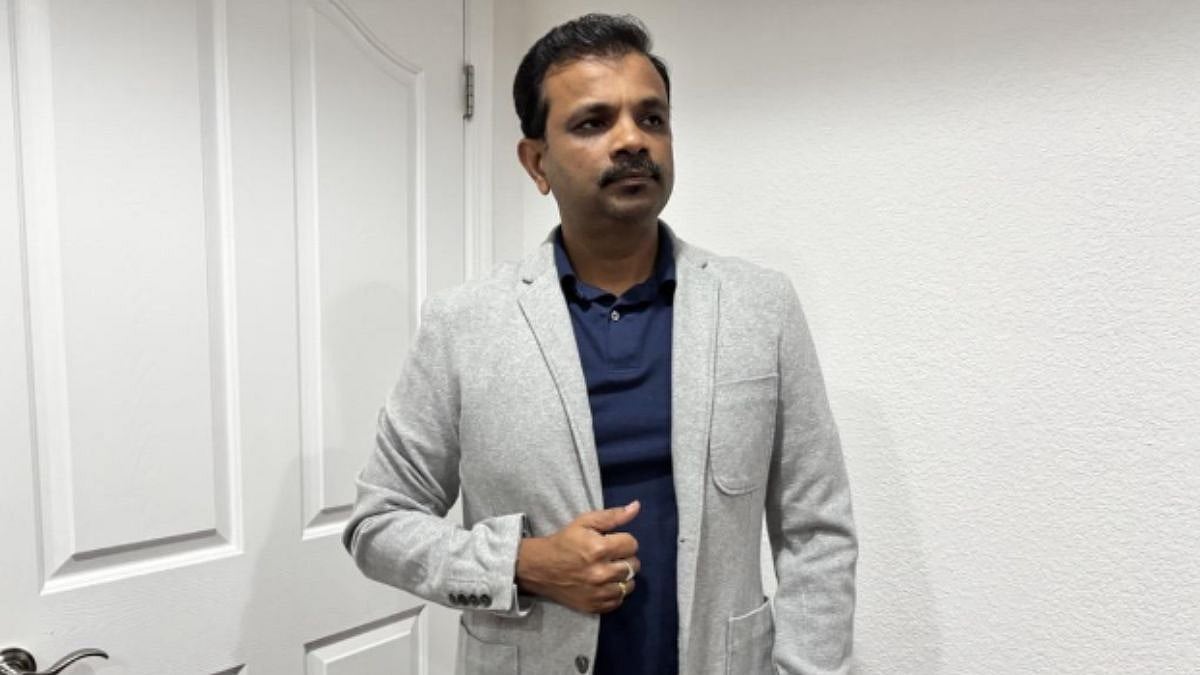Seamless conference room connectivity is essential for productivity and collaboration. However, navigating multiple meeting platforms like Microsoft Teams, Zoom, Webex, and Google Meet can be challenging, often leading to technical issues, delayed meetings, and frustrated employees. Addressing this challenge, a groundbreaking solution has emerged—ezMeet 2.0—a streamlined approach that simplifies the conference room experience. By enabling effortless meeting access through a QR-based system, this innovation eliminates the complexities of different dialing patterns, reduces technical disruptions, and enhances overall workplace efficiency.
Organizations worldwide are striving to enhance workplace productivity by optimizing meeting room experiences, ensuring efficient communication, and integrating advanced technologies. One of the key figures spearheading this transformation is Ramesh Lakshmikanth, a seasoned enterprise engineer and leader in Unified Communications.
Ramesh has played a pivotal role in revolutionizing meeting room experiences across organizations. His career progression reflects his strategic vision and technical expertise, having rapidly advanced from Staff Enterprise Engineer to Senior Staff Enterprise Engineer in his previous employment, and then transitioning into a management role in his current organization. His leadership has been instrumental in upskilling team members and driving innovation in workplace collaboration solutions. His work has garnered recognition, including the Best Demo Day Project award, underscoring his dedication to Unified Communications. Additionally, his collaborations with Microsoft and Pexip have significantly enhanced the robustness of solutions designed for modern workplaces.
One of Ramesh’s most significant achievements is pioneering an advanced meeting room solution that has revolutionized collaboration across 3,000 conference rooms, enhancing productivity and efficiency for 26,000 employees worldwide. The impact of these innovations is significant, enhancing productivity, reducing friction in meeting setups, and improving overall user satisfaction. With many organizations offering multiple meeting platforms, such as Teams, Zoom, Webex, and Google Meet, employees often struggle with different dialing patterns and meeting join modes. Ramesh’s pioneering QR-based ‘One-Click Join’ solution eliminated this challenge, allowing users to seamlessly join meetings across platforms without requiring complex technical know-how. This initiative alone led to a 20% reduction in support tickets related to meeting failures and mitigated 7% of wrong dials.
Among his most significant projects is ezMeet 2.0, a simplified, QR-based meeting join solution, as well as One-Touch Conference Room Provisioning, which automates the setup process for meeting rooms. He also led the development of a Room Booking Assistant, which intelligently identifies user locations and finds available meeting spaces in proximity, and a Mobile-Based Room Check-in & Auto-Release System, reducing the number of unutilized bookings.
Moreover, the impact of these solutions is measurable. His innovations have contributed to an estimated 33,000 minutes of productivity improvement for employees every month. Additionally, his efforts boosted CSAT scores from 95% to 98.5% in conference room experience surveys. By retiring legacy tools, his team achieved cost savings of $75,000 annually in support and license renewals.
One of the most challenging hurdles he overcame was the authentication barrier during QR scans. Initially, users were required to authenticate every time a QR code was scanned, creating friction in the experience. By embedding the web app within Microsoft Teams and proxying authentication tokens, he eliminated this extra step without compromising security. He also introduced Bot Framework to invoke calling within Microsoft Teams Room systems, mitigating the need for higher-level web application permissions.
Although these innovations remain proprietary to the organizations he has worked with, Ramesh Lakshmikanth believes the technology can be open-sourced, allowing broader adoption and benefiting enterprises globally. He envisions a future where meeting rooms are not just physical spaces but intelligent, AI-driven collaboration hubs that enhance productivity effortlessly. As hybrid work continues to shape the future, his insights emphasize the necessity of seamless, intuitive, and technology-driven meeting room experiences for modern enterprises.
